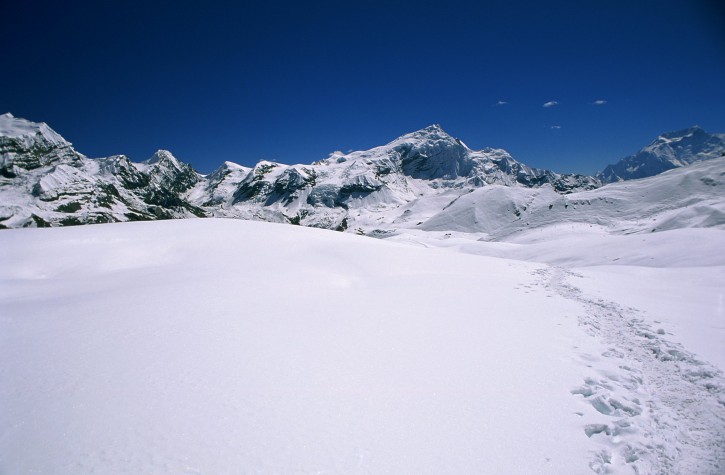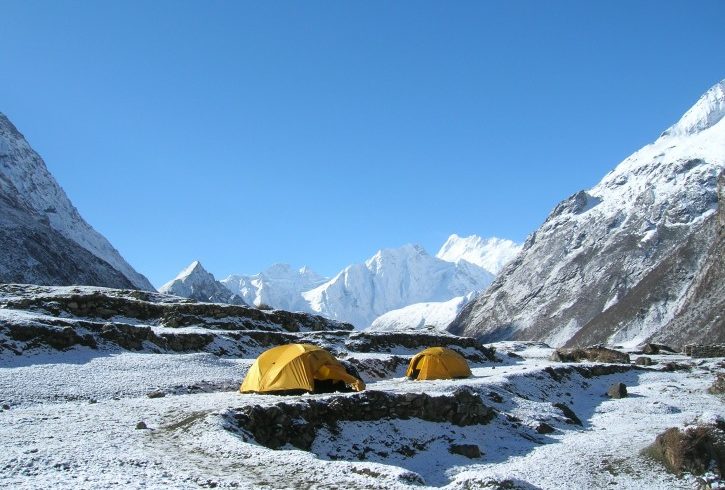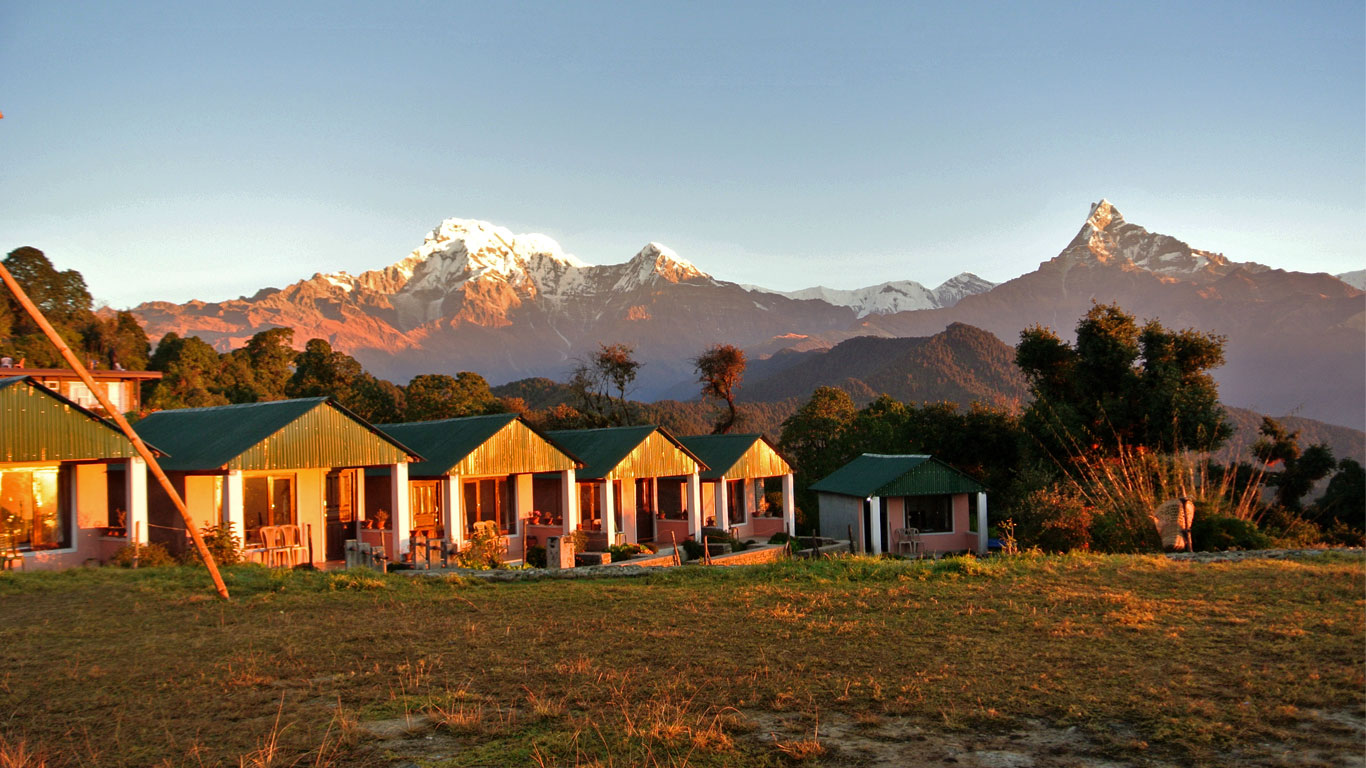Tilicho Lake Trek
Annapurna Region, Nepal
Tour Type
Trekking & Hiking
Group Size
15 persons
Location
Nepal
Overview
Trip Overview
Tilicho Lake Trek is a delightful journey that takes you to the repository of glacial melts made by entire northern slope of Annapurna and Thorong La peak, which is claimed as the highest lake in the world. In Hinduism, Tilicho Lake has great historical and pilgrimage importance as it was mentioned in holy book Ramayana. Tilicho Lake is an alpine freshwater settlement that is located at an elevation of 4,919m. Tilicho Lake Trek is also considered as the spectacular side hike of Annapurna circuit trek.
Tilicho Lake trekking instigates right from Beshishar that proceeds to Marshyandgi River with breath taking view of Mt. Manaslu and Himal Chuli to the east. The trail en routes several isolated village inhabited by diverse ethnic tribes, lush vegetation and breathtaking natural scenery.
The trail passes through varied elevations and climatic zone ranging from sub-tropical to desert and diverse landscapes varying from sub-tropical to alpine forest to snowy arid and green hills to snowy Throng La of an altitude 5,416m. It is also the site for world’s highest altitude scuba dive. A Russian team first conducted the scuba dive at lake in 2,000. No camping is required for the trek as the new teahouse and lodge have been made between Manang and the lake. In winter, maximum teahouse and lodge remains closed due to heavy snowfall and freezing cold.
Included/Excluded
Itinerary Expand All Close All
FAQs
What is the best time to trek to Tilicho Lake?
How difficult is the Tilicho Lake Trek?
Do I need a guide or porter for the Tilicho Lake Trek?
What permits are required for the Tilicho Lake Trek?
What kind of accommodation is available on the Tilicho Lake Trek?
Is altitude sickness a concern on the Tilicho Lake Trek?
What should I pack for the Tilicho Lake Trek?
Can I combine the Tilicho Lake Trek with the Annapurna Circuit?
How do I reach the starting point of the Tilicho Lake Trek?
Reviews
Extra prices:
- {{total_price_html}}
- {{pay_now_price_html}}





